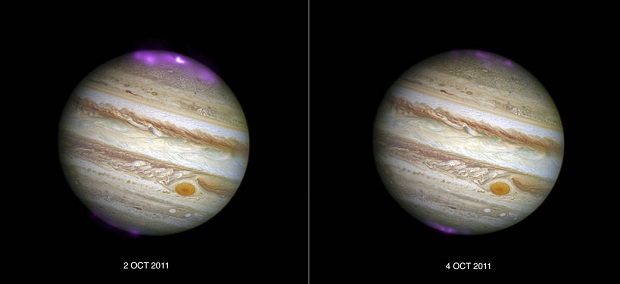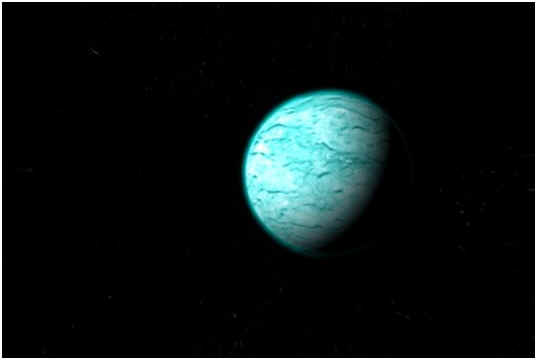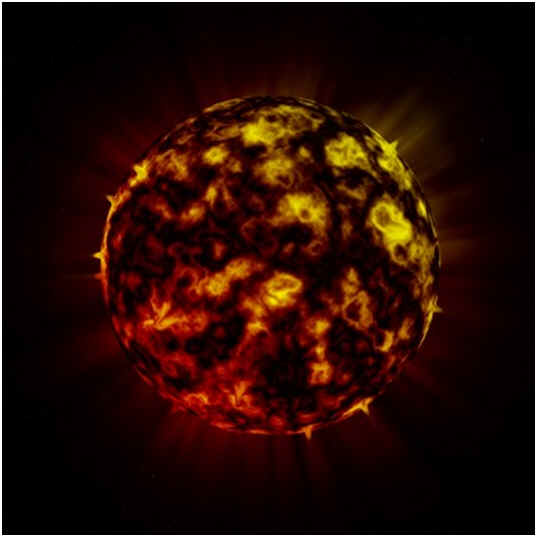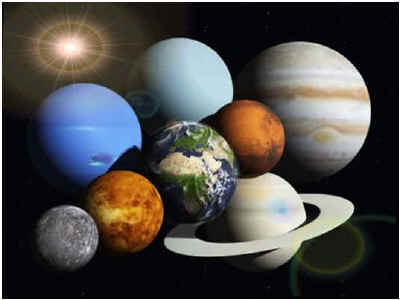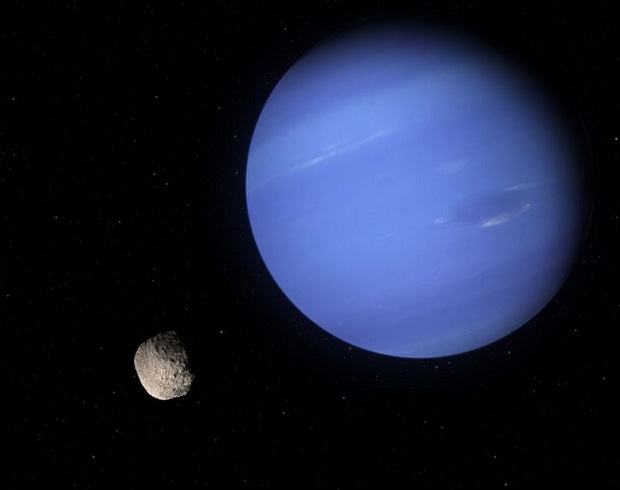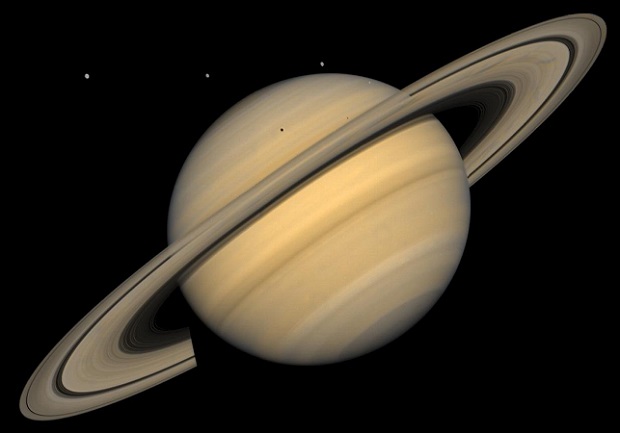
How Many Moons Does Saturn Have?
Sixty-two moons have been discovered around Saturn; 53 are considered official moons, while 9 are provisional.
What Is a Provisional Moon?
The process of naming a moon that all astronomers will accept in all nations would be challenging if it were not for one group, the International Astronomical Union (IAU).
The IAU has been responsible for approving the official name of planets and satellites (moons) in our solar system since 1919. All satellite discoveries are considered ‘provisional’ until the IAU officially confirms the discovery and approves the proposed name.
How Is a Moon Named?
When a planet or satellite is first discovered, members of an IAU task force will propose names. In the case of moons, the Working Group for Planetary System Nomenclature (WGPSN) assumes oversight.
When the moon is first reported to the IAU, it is given a provisional name, which starts with the letter “S,” followed by the year of discovery, then a number indicating the order of discovery within that year. For example, the first provisional moon discovered on Saturn in 2009 is currently named S/2009 S1.
Once the discovery is confirmed, the discoverer suggests its official name. Moons generally receive mythological names that are closely related to the planet with which they are associated. For example, moons in the Saturnian system are named for Greco-Roman titans, descendants of the titans, giants, and the Roman god of the beginning. To internationalize the names, they have expanded to allow giants and monsters’ names in other mythologies (so far, Gallic, Inuit, and Norse).
At this point, anyone can suggest a name to be considered by the IAU task force.
The IAU then decides on the official name assignment, giving priority to those names proposed by the discoverers.
The approved names are then entered into the Gazetteer of Planetary Nomenclature and can be officially used on maps and publications.
Saturn’s Official Moons
Mimas, Enceladus, Tethys, Dione, Rhea, Titan, Hyperion, Iapetus, Erriapus, Phoebe, Janus, Epimetheus, Helene, Telesto, Calypso, Kiviuq, Atlas, Prometheus, Pandora, Pan, Ymir, Paaliaq, Tarvos, Ijiraq, Suttungr, Mundilfari, Albiorix, Skathi, Siarnaq, Thrymr, Narvi, Methone, Pallene, Polydeuces, Daphnis, Aegir, Bebhionn, Bergelmir, Bestla, Farbauti, Fenrir, Fornjot, Hati, Hyrrokkin, Kari, Loge, Skoll, Surtur, Greip, Jarnsaxa, Tarqeq, Anthe, and Aegaeon.
Saturn’s Provisional Moons
S/2004 S7, S/2204 S12, S/2004 S13, S/2204 S17, S/2006 S1, S/2006 S3, S/2007 S2, S/2007 S3, S/2009 S1.
How Were Saturn’s Moons Discovered?
The first and largest moon was discovered in 1655 by Christiaan Huygens. Italian scientist Giovanni Cassini discovered the next four moons in 1671, 1672, and 1684. Other moon discoveries were sporadic over the next hundred years. Due to improvements in the power of telescopes in the 19th century, more moons were discovered.
How Are The Moons Named?
The majority of the moons are named after characters in mythology. Since Saturn was named after the Roman god of time and agriculture, most moons have been named similarly. The majority of moons are named after Saturn’s brothers and sisters, known as Titans and Titanesses.
What Recent Efforts Have Been Made to Find Out About Saturn’s Moons?
In the late 1990s, NASA launched a probe to discover more about Saturn and the moons orbiting the planet. The mission was named the Cassini-Huygens mission after the scientists that had discovered Saturn’s first and second moons. When NASA launched the probe, only 18 of Saturn’s moons had been discovered; 44 more moons were discovered during the mission.
What Are Some Interesting Facts About Saturn’s Moons?
Several of the moons have interesting physical characteristics. Titan is the largest moon orbiting Saturn, and it has an atmosphere made of nitrogen and methane. Another of the moons named Enceladus has an active ice volcano, which spews ice and water vapor.
Resources
NASA – Solar System Exploration – Planets: Saturn: Moons
NASA – Cassini Solstice Mission: About Saturn & Its Moons
NASA – Solar System Exploration: Planets: Our Solar System: Moons

